SupremePunk #057

Secondary Man
This Punk is inspired by CryptoPunk #102 and artworks of Malevich. This Punk represents a symbol of secondary art in our collection. The fact is that it is almost entirely a redrawing of Malevich's work "The Head" 1928-1929. We borrowed first of all the appearance of the head, placing it in a square and reflecting it vertically. All the elements have been exactly redrawn, and the shades of colors are exactly the same. The only thing that may differ is the arrangement of the figures on the Punk, but this is nothing more than just the author's handwriting. This Punk is Duchamp's "Fountain" in our collection. Marcel Duchamp presented an ordinary urinal signed "R.Mutt" in 1917 for an exhibition of the Society of Independent Artists. In 2004, the Daily Telegraph conducted a survey among British art market insiders. As a result, 500 of the most influential artists, dealers, critics, curators of museums and gallery owners formed the top 5 works of art of the 20th century that had the greatest influence on the further development of world art. And the first place was taken by "The Fountain". With this work we want to emphasize the era of secondary objects around us. This refers not only to pop culture, but also to high art, where the line between references, homage and plagiarism has blurred. On the backdrop of such trends, whole currents in art have emerged.
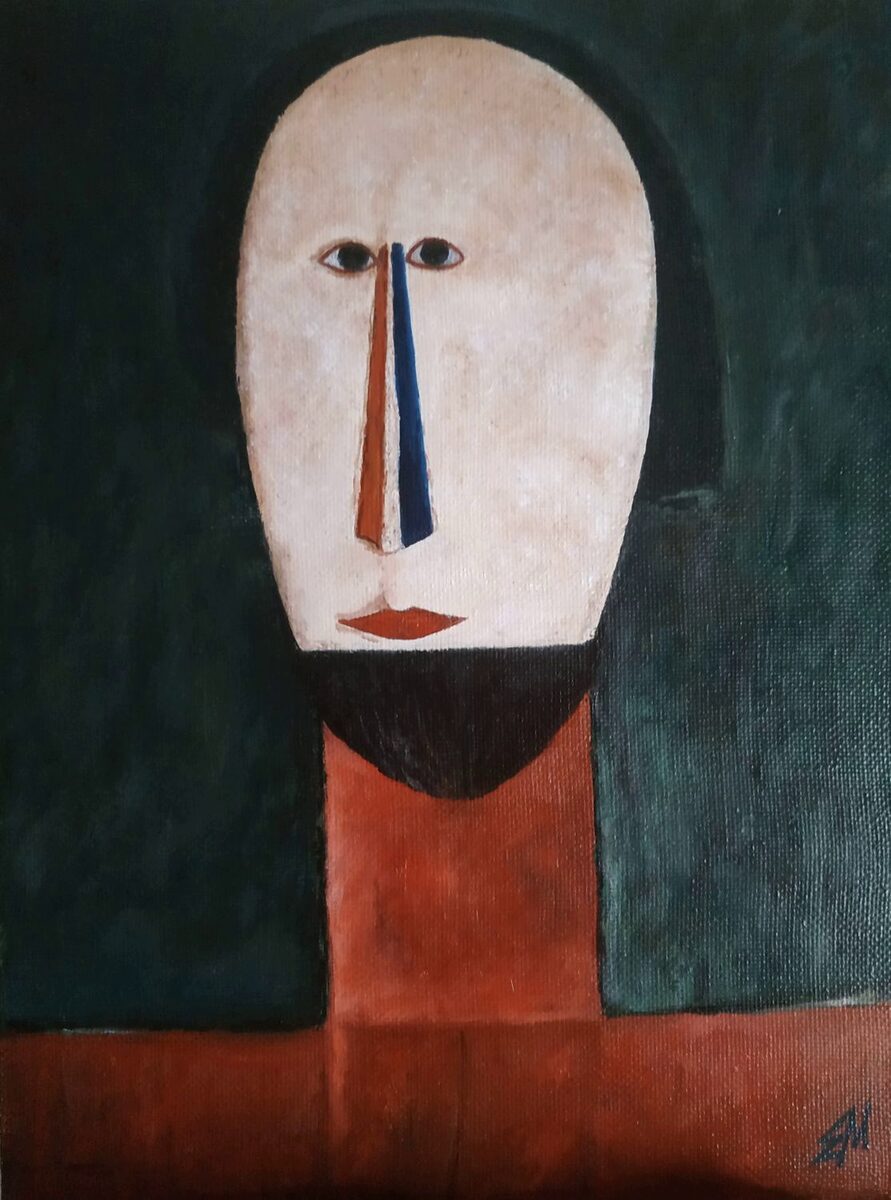
K. Malevich — The Head, 1928-1929
We should start with the very first (albeit humorous) work by Paul Billaud, Combat de nègres dans un tunnel. Later it evolved into a series of more popular works by Alphonse Allé, Negroes Fighting in a Tunnel by Night. The artist (here we will still refer to Alle) decided to show, in a humorous way, how wrong people can be about the works they praise, which contain essentially nothing in themselves. This was followed by a book in which Allee wrote several other similar works. He is also the author of a composition without a single note (Funeral March to the Death of the Great Deaf Man).
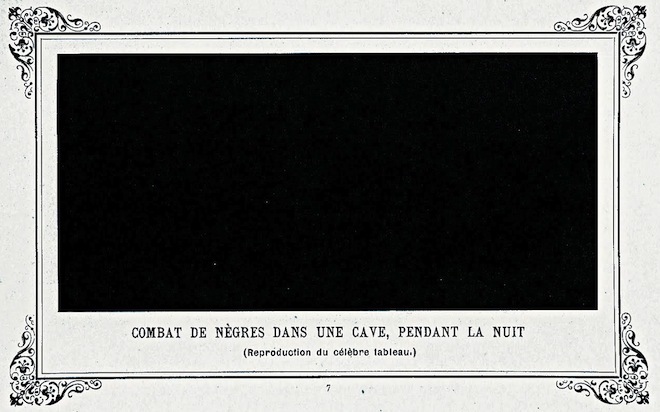
Alphonse Allé — Negroes Fighting in a Tunnel by Night, 1884
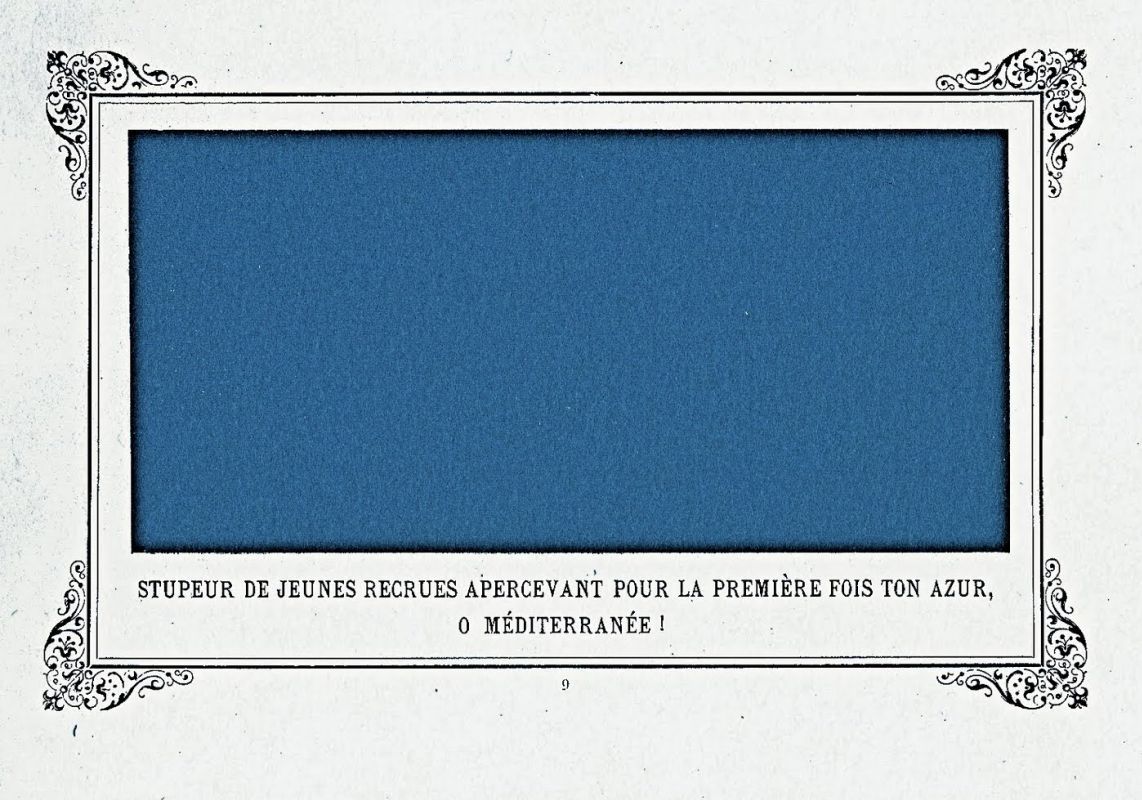
Alphonse Allé — The Awe of Navy Recruits Seeing for the First Time Your Blue, O Mediterranean Sea!, 1884
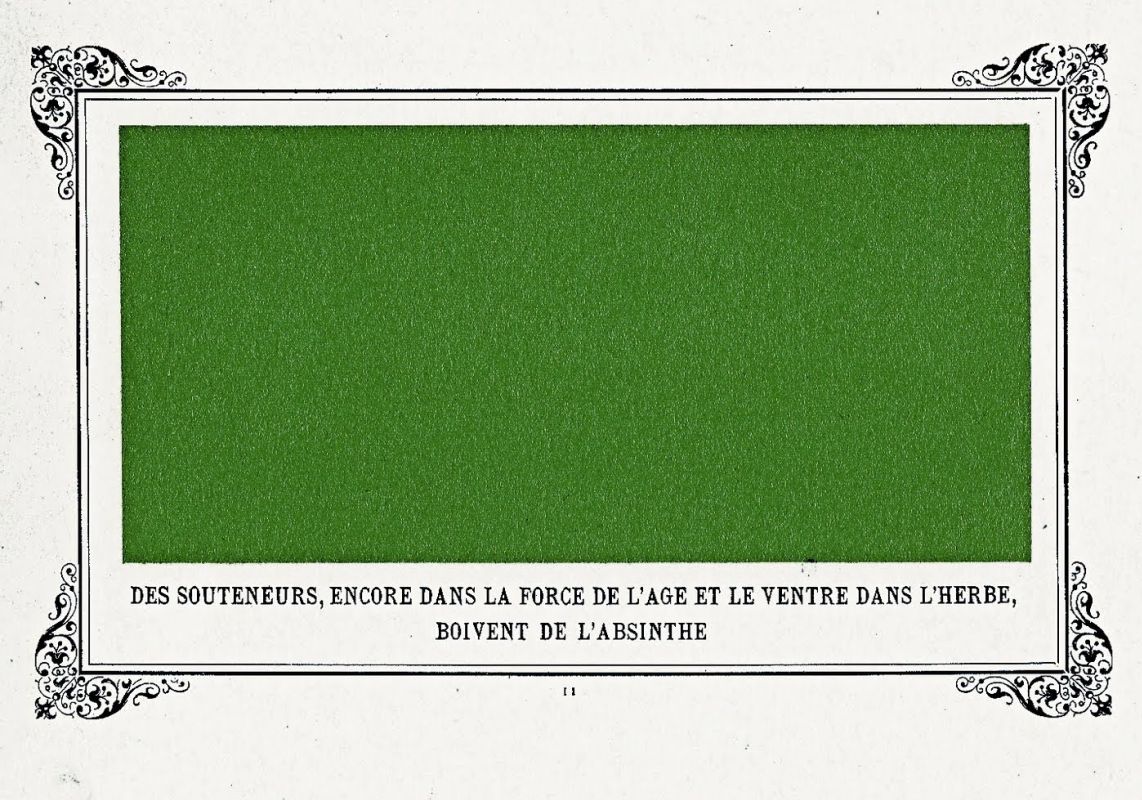
Alphonse Allé — Some Pimps, Known as Green Backs, on their Bellies in the Grass, Drinking Absinthe, 1884
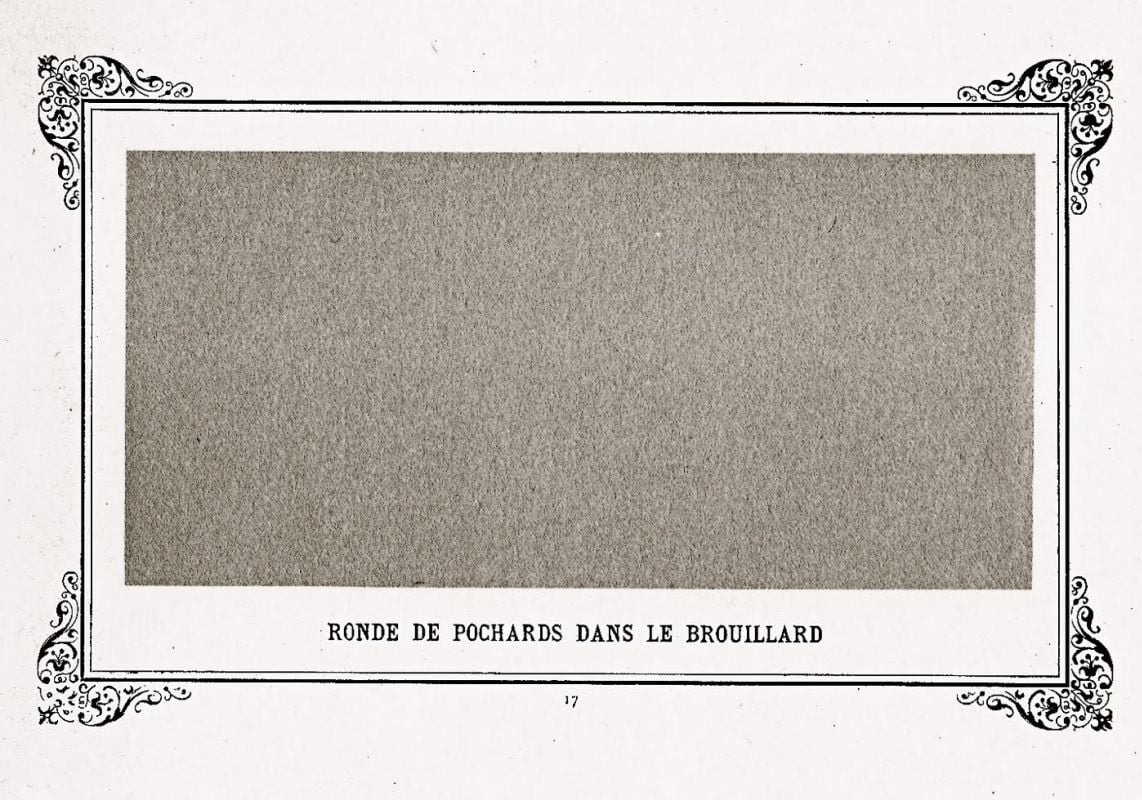
Alphonse Allé — Band of Greyfriars in the Fog (Band Of Dusty Drunks In The Fog), 1884
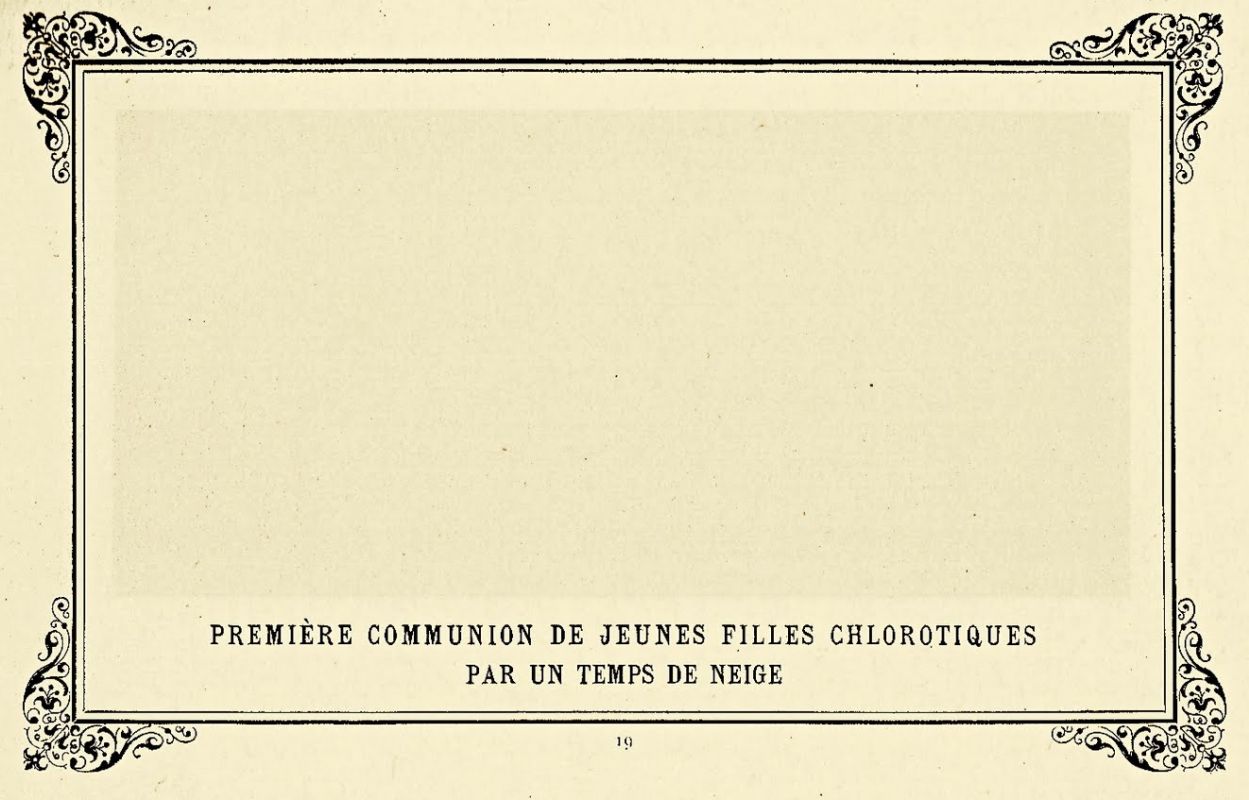
Alphonse Allé — First Communion of Anaemic Young Girls in the Snow, 1884
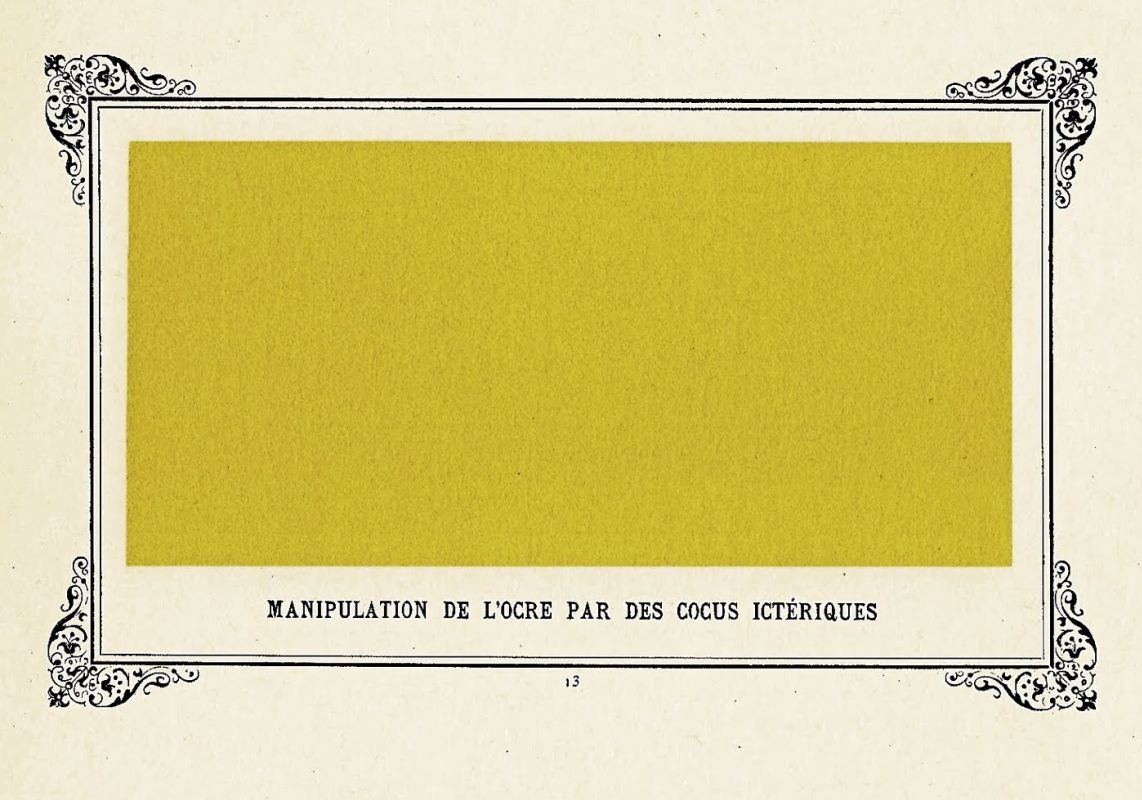
Alphonse Allé — Jaundiced Cuckolds Handling Ochre, 1884
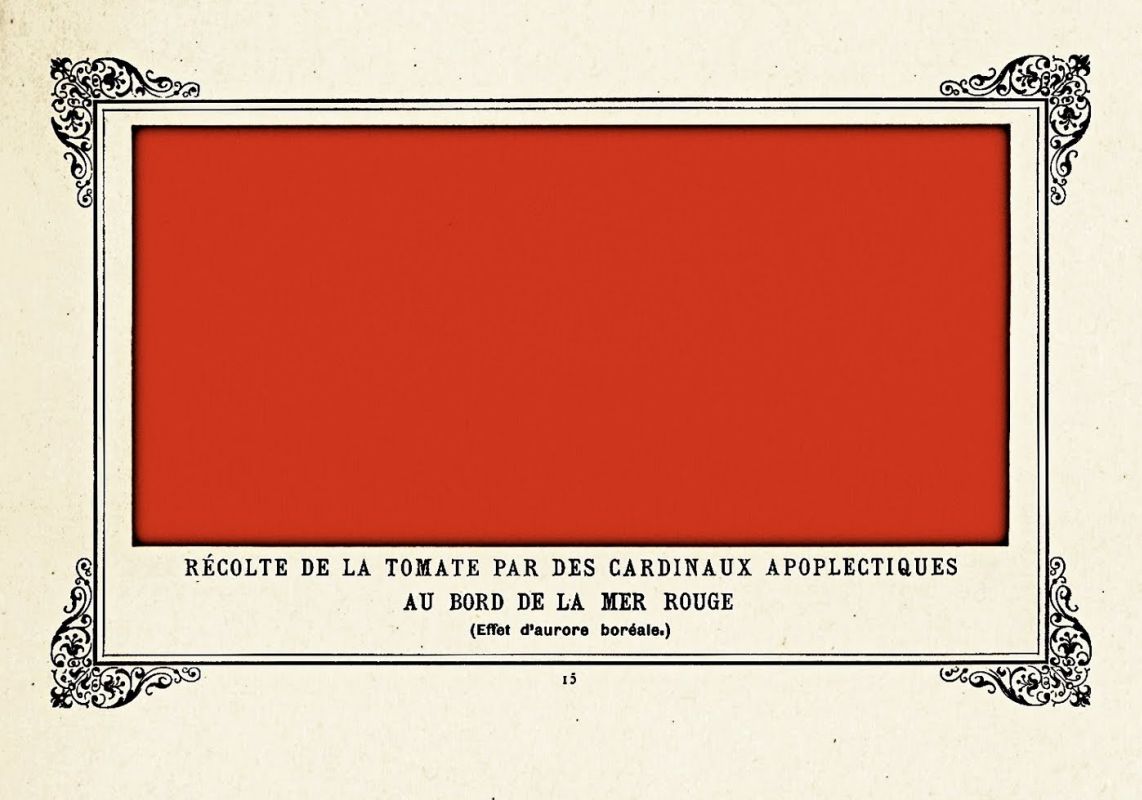
Alphonse Allé — Apoplectic Cardinals Harvesting Tomatoes on the Shore of the Red Sea (Study of the Aurora Borealis), 1884
Initially, all of these works can be safely attributed to humorous and not bearing any claim to art. However, one way or another, the technical ideas were embodied by other authors already in the key of high art - the black rectangle - Malevich's "Black Square", the composition without notes - John Cange's piece 4'33". Here it is worth noting straight away that we are not claiming that both Malevich and Cage simply took someone else's idea and presented it to the public, without endowing it with any meaning. Firstly, the difference between the works is that the latter have a history, their creators worked on developing their craft for years, after which they came to them. Secondly, one cannot rule out the possibility of coincidence (although in the case of Malevich, there is evidence that he knew about Allé's work even before the square). And thirdly, and most importantly, on the basis of these works the artists built a whole system of ideas, developed a theory and formed an entire direction in art (Suprematism and Performance, respectively). And yet, at times like these, one cannot help but think about the fact that there are more and more objects all around us that are essentially just recycled creations of the past.
But back to the pinnacle of postmodern art, a work whose secondary nature is not only not concealed, but is its main intention - "The Fountain". Marcel Duchamp, apparently inspired by the ideas mentioned above, bought a brand new urinal in a store, signed it and turned it upside down. Done. One of the most significant works of art of the 20th century is created. Marcel Duchamp, in fact, became a prophet of the world in which there are no more new ideas and pure creativity. This challenge is reminiscent of the Black Square: both works are technically very simple, both were intended to overturn and revolutionize the concept of art.

Marcel Duchamp — Fountain, 1917
Duchamp's work, although not exhibited immediately, very quickly created a furore and gained a name for itself. Even before the creation of The Fountain, the art world was becoming more and more heated: artists were asking questions about how far they could go with their creations. This tension began with the Futurists and avant-gardists, whose works did not correspond at all to the real picture of the world. Then came the Suprematists, who were even bolder and "deleted" form as an element of art, leaving only color. And in the end, the most important and immutable truth was questioned: an object of art is something made by the artist's hands, not bought ready-made. By displaying the urinal, Duchamp thus committed a null creative act. There is no "creativity" here in principle. Art in the person of Duchamp seems to be asking itself the question, "What if I don't change the matter at all, take a ready-made form - would that be art?"
Along with the urinal, Duchamp actually exhibited the idea that the artistic act is not the oil painting, but the complex processes in the artist's mind and soul that precede it. Like the works mentioned above, The Fountain also laid the foundation for a new genre in art - redi-made (although earlier works are also referred to this genre, it was The Fountain that had such a strong influence that it brought the earlier works out of the shadows as well).Paying homage to Marcel Duchamp, all that has been done with the Punk is that it has been reflected (reversed) and simply renamed. In this Punk, we also wanted to convey the idea that even Malevich's work itself has become a redi-maid for. There is a parasitization of part of the culture on already finished works, a profiteering by monetization of what should be available to all people. People, even without knowing either the interpretations of his works or their history, take it for granted that his works are art in his lofty sense, just because those around him think so.
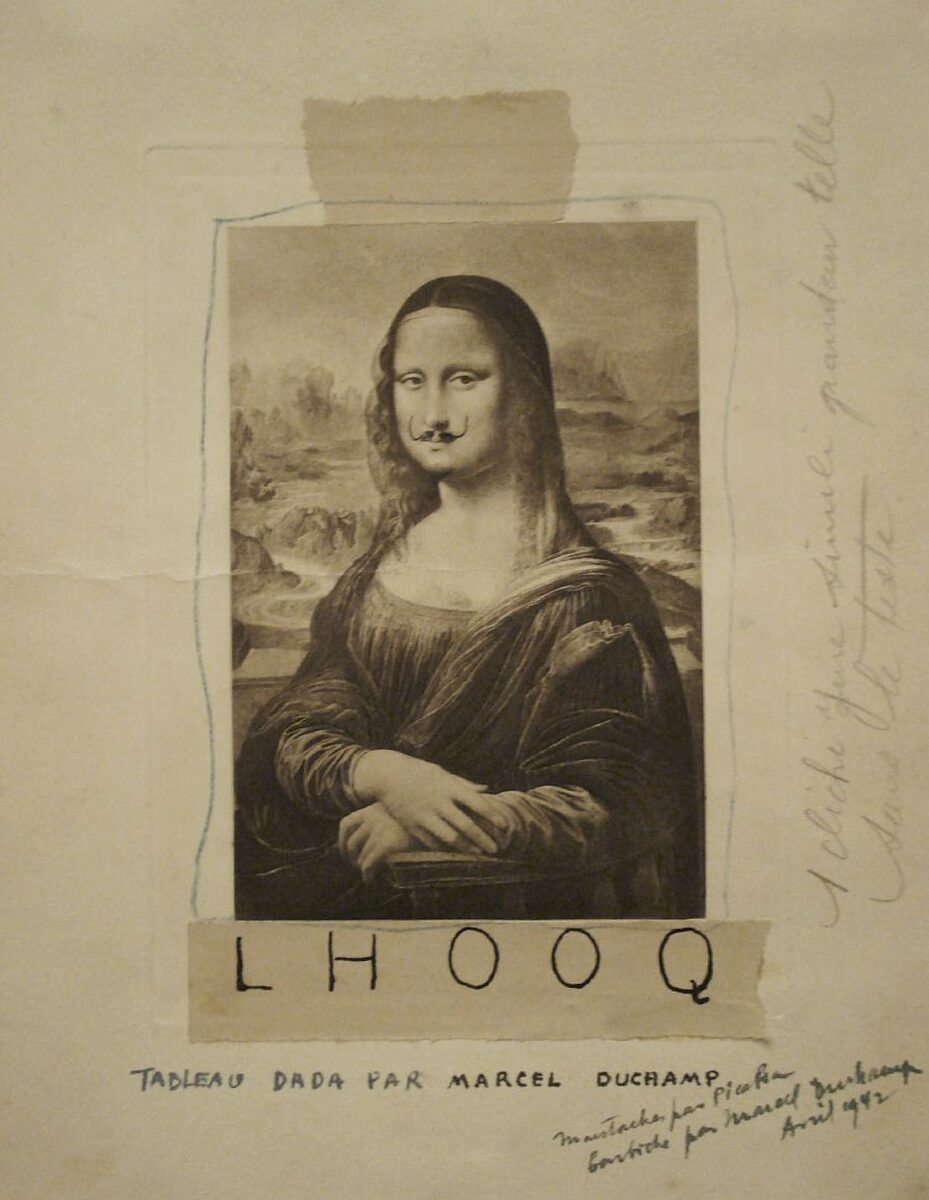
Marcel Duchant — L.H.O.O.Q., 1919

Buy

Gallery:
CryptoPunk 102 that has been taken as a base

Your transaction is in progress

You have connected to the wrong network

Transaction is successful!


